Growing colorful coleus at home can be a rewarding and enjoyable gardening experience. Coleus plants (Solenostemon scutellarioides) are known for their vibrant foliage, which comes in various colors, patterns, and textures. They are relatively easy to grow and can thrive both indoors and outdoors. This comprehensive guide will provide you with step-by-step instructions on how to grow colorful coleus at home.
1. Choosing Coleus Varieties
Selecting the right coleus varieties is crucial for achieving a colorful display. There are numerous cultivars available, each with unique leaf colors and patterns. Look for varieties that catch your eye, such as those with bright red, pink, yellow, or green leaves. Consider whether you want a compact or trailing variety, as coleus plants come in different growth habits.
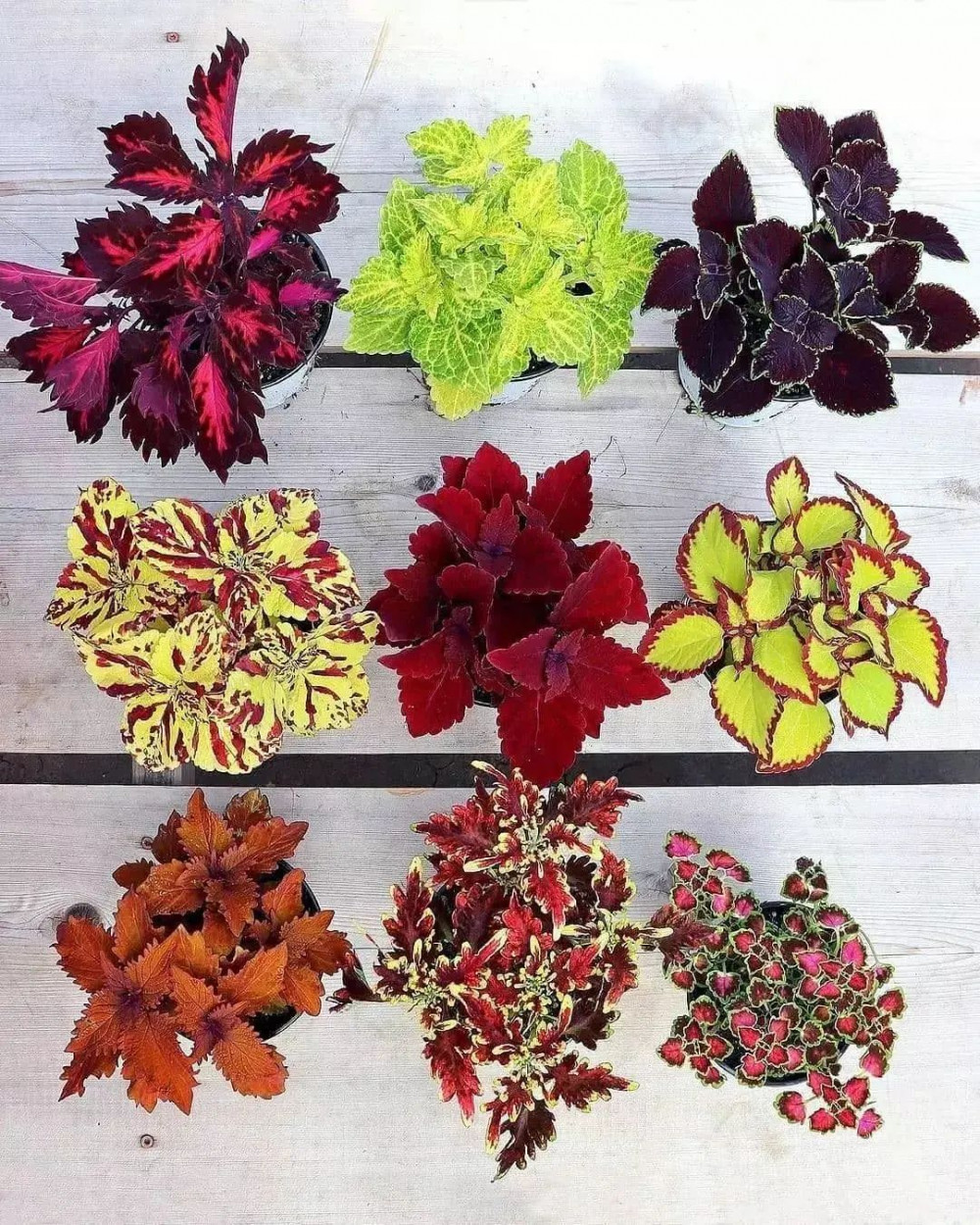 Source: Instagram
Source: Instagram
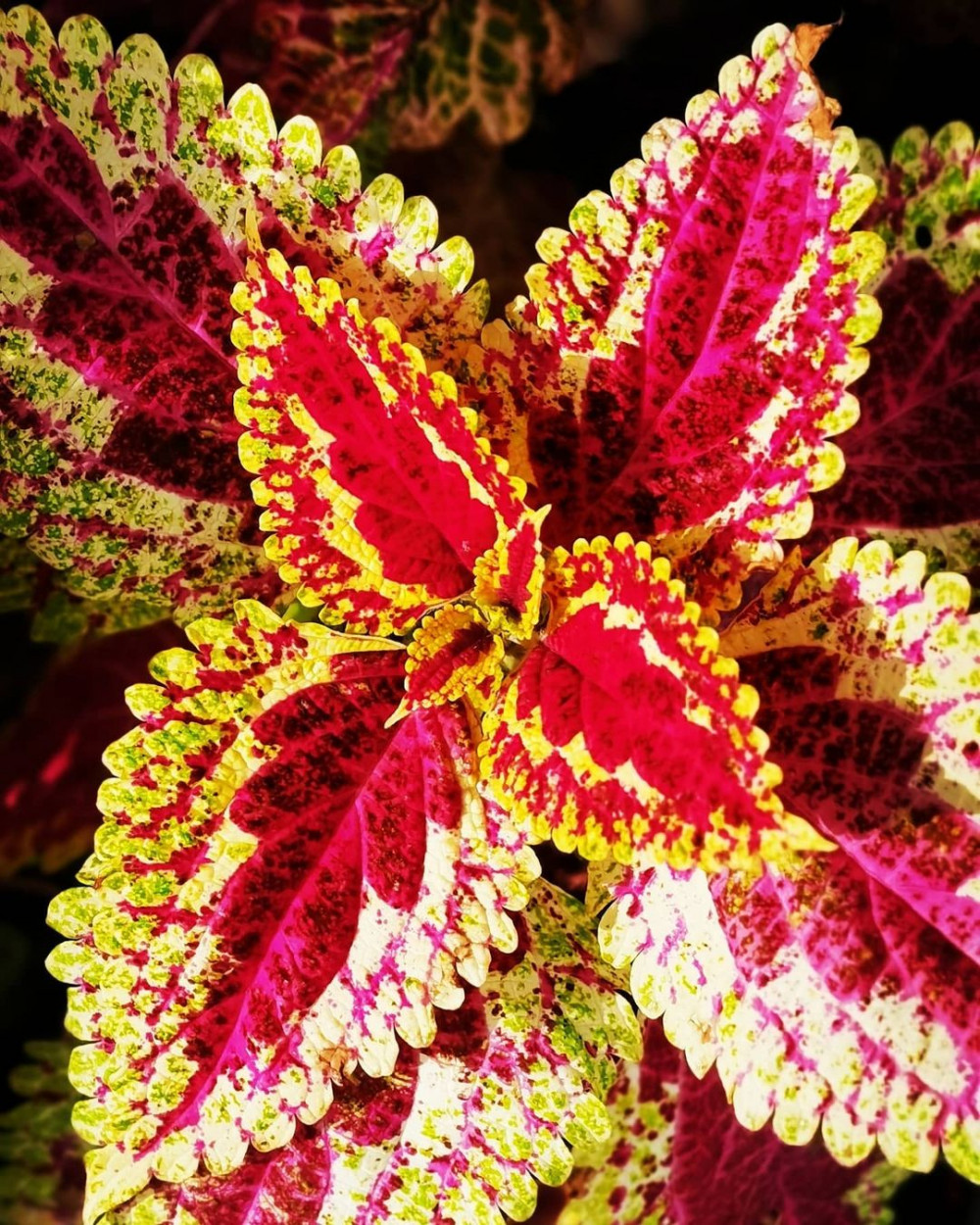 Source: Instagram
Source: Instagram
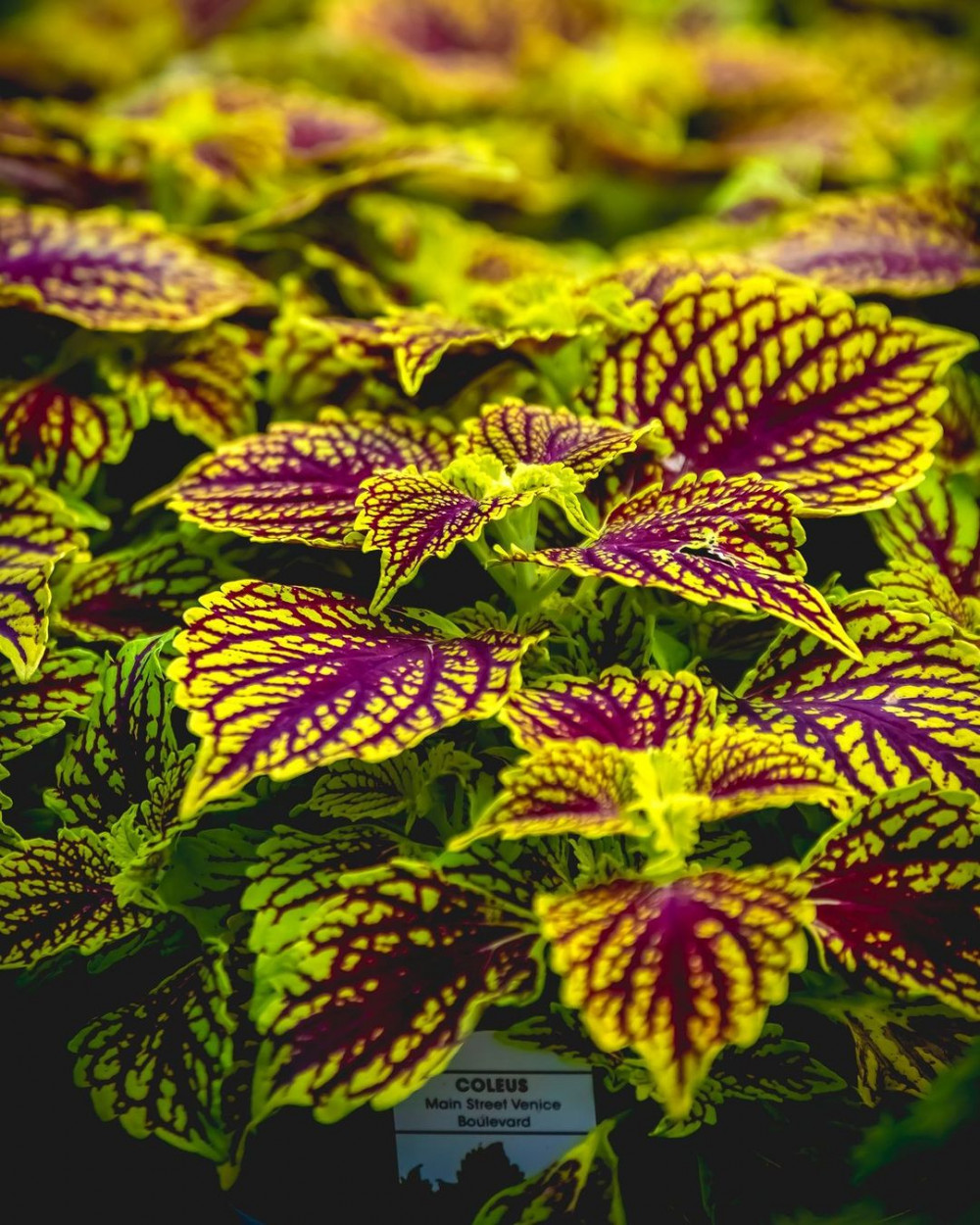 Source: Instagram
Source: Instagram
2. Propagation
Coleus can be propagated from both seeds and cuttings. Here’s how you can propagate coleus plants:
Seeds
Sow coleus seeds indoors 8-10 weeks before the last frost date. Fill a seed tray with seed-starting mix, place the seeds on the surface, and lightly cover them with a thin layer of soil. Maintain consistent moisture and provide warmth until germination occurs.
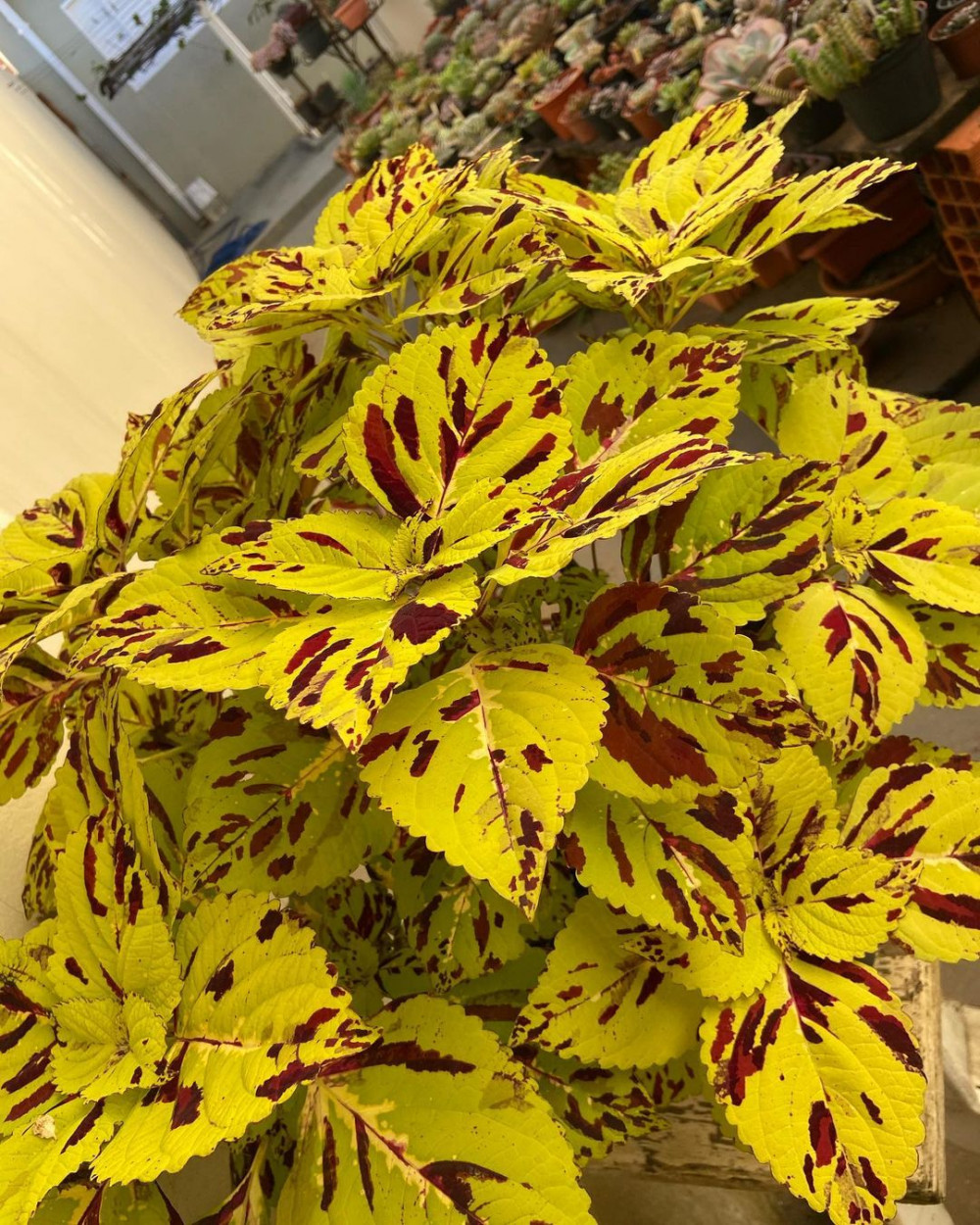 Source: Instagram
Source: Instagram
Cuttings
Take 3-4 inch (7-10 cm) stem cuttings from a healthy coleus plant just below a node. Remove the lower leaves and dip the cut end in a rooting hormone powder or gel. Insert the cutting into a pot filled with moist potting soil, and cover it with a plastic bag or dome to create a humid environment. Place the pot in a bright, indirect light location.
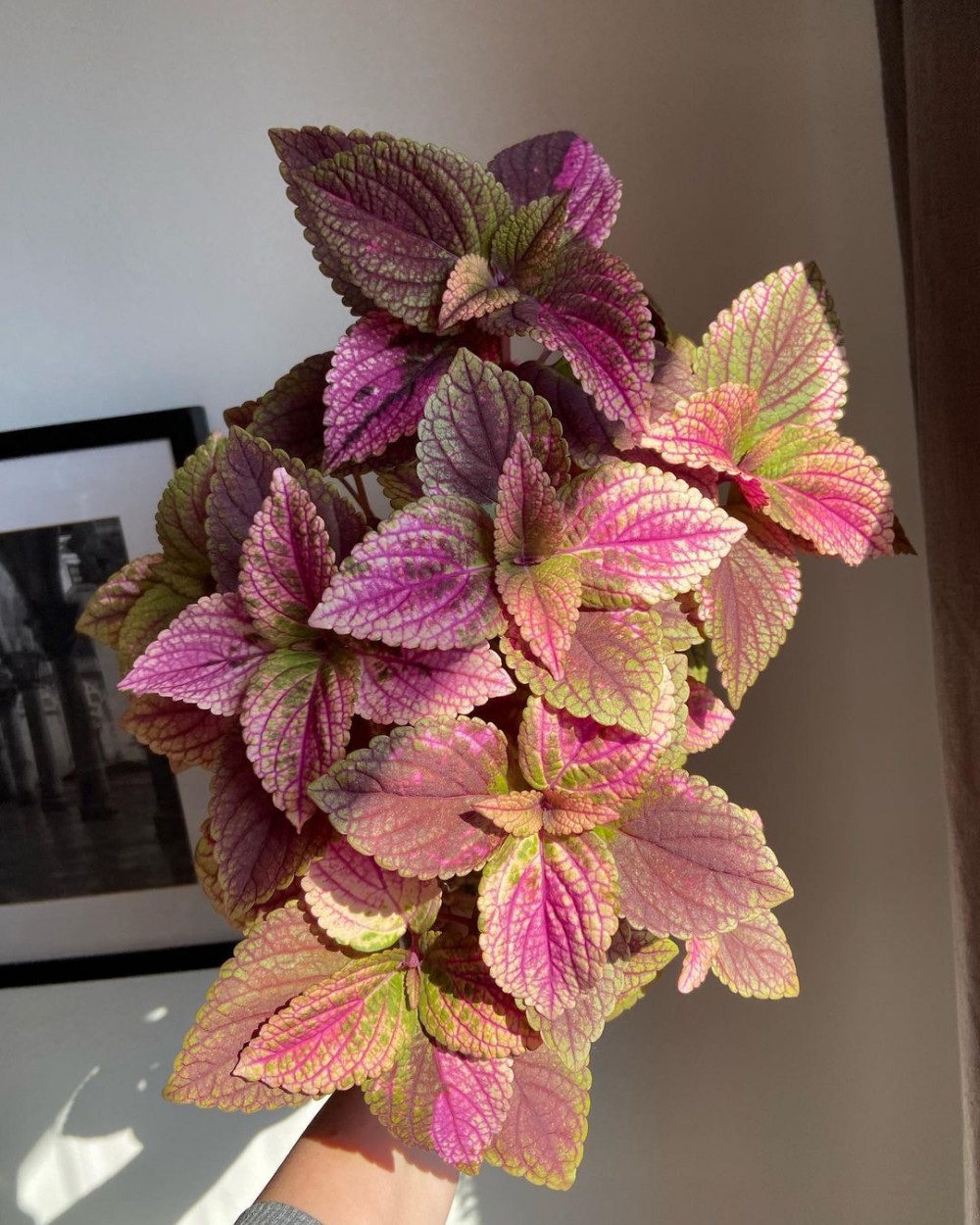 Source: Instagram
Source: Instagram
3. Light and Temperature Requirements
Coleus plants thrive in bright, indirect light. If growing indoors, place them near a window that receives filtered sunlight or use artificial grow lights. Outdoor coleus plants should be kept in a partially shaded location to prevent leaf scorching. Maintain a temperature range of 60-75°F (15-24°C) for optimal growth.
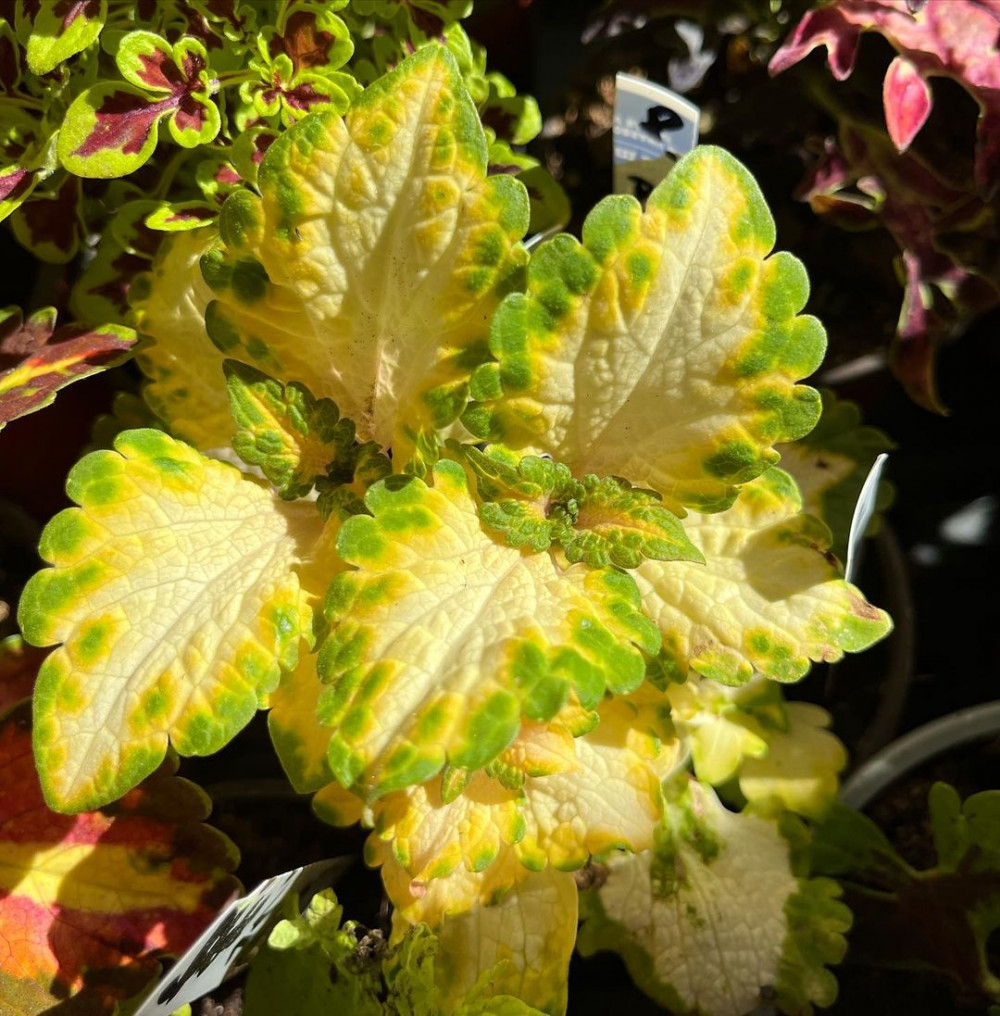 Source: Instagram
Source: Instagram
4. Soil and Container Selection
Use a well-draining potting mix for coleus plants. They prefer a slightly acidic to neutral pH (around 6.0-7.0). Ensure the containers have drainage holes to prevent waterlogging. Choose a container that accommodates the plant’s size, providing enough space for the root system to grow.
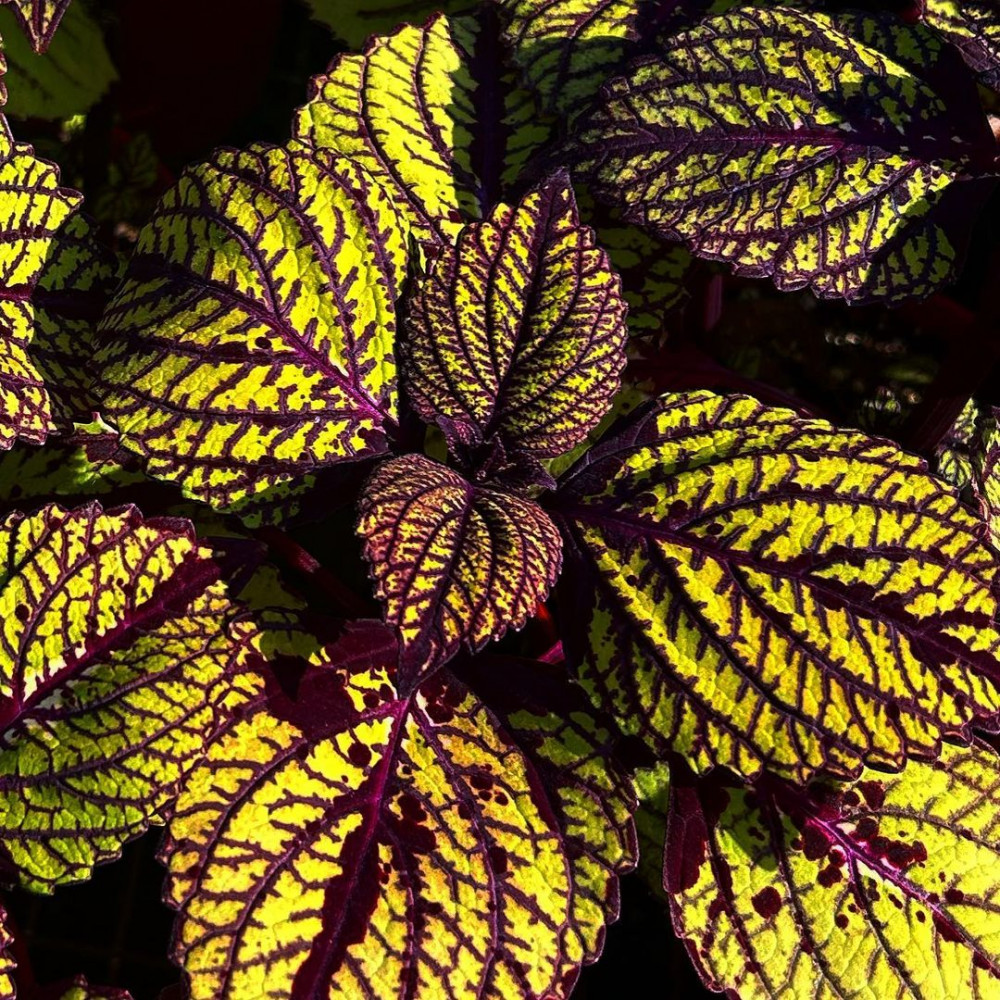 Source: Instagram
Source: Instagram
5. Watering and Humidity
Coleus plants require consistent moisture to thrive but avoid overwatering, as it can lead to root rot. Water the plants when the soil’s top inch (2.5 cm) feels dry. Ensure the water drains freely from the container. Mist the plants occasionally to maintain humidity, especially when grown indoors.
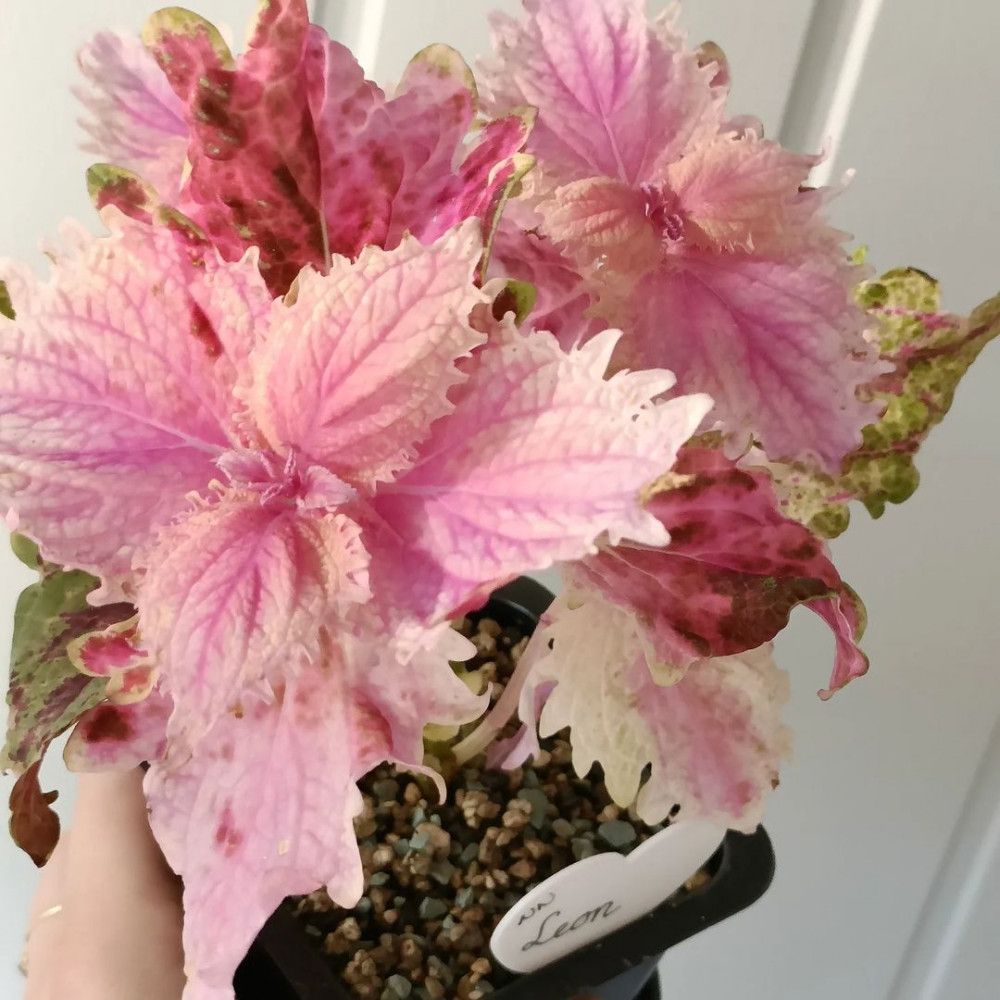 Source: Instagram
Source: Instagram
6. Fertilization
Feed coleus plants with a balanced, water-soluble fertilizer every 2-4 weeks during the growing season. Follow the package instructions for the correct dosage. Over-fertilizing can lead to leggy growth or reduced foliage coloration, so it’s important to avoid excessive application.
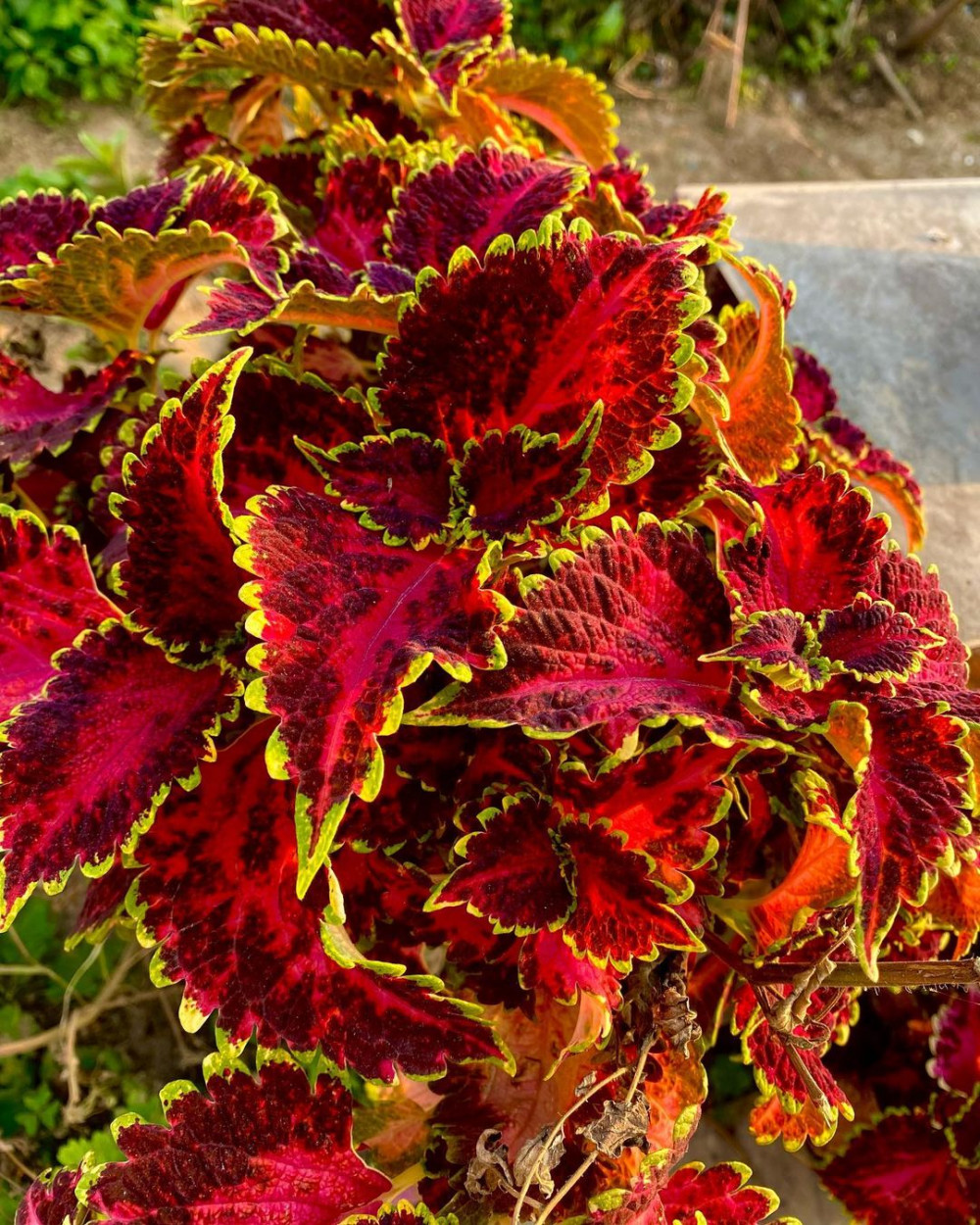 Source: Instagram
Source: Instagram
7. Pruning and Pinching
Pinching or pruning coleus plants helps to maintain being bushy and prevent them from becoming leggy. Pinch off the tips of the stems when the plant is young to encourage branching. Regularly remove any yellowing or damaged leaves to keep the plant healthy and visually appealing.
 Source: Instagram
Source: Instagram
8. Pests and Diseases
Coleus plants are relatively resistant to pests and diseases. However, they may occasionally face issues like aphids, whiteflies, or fungal diseases. Monitor your plants regularly and take appropriate action at the first sign of infestation or disease. Insecticidal soaps or horticultural oils can help
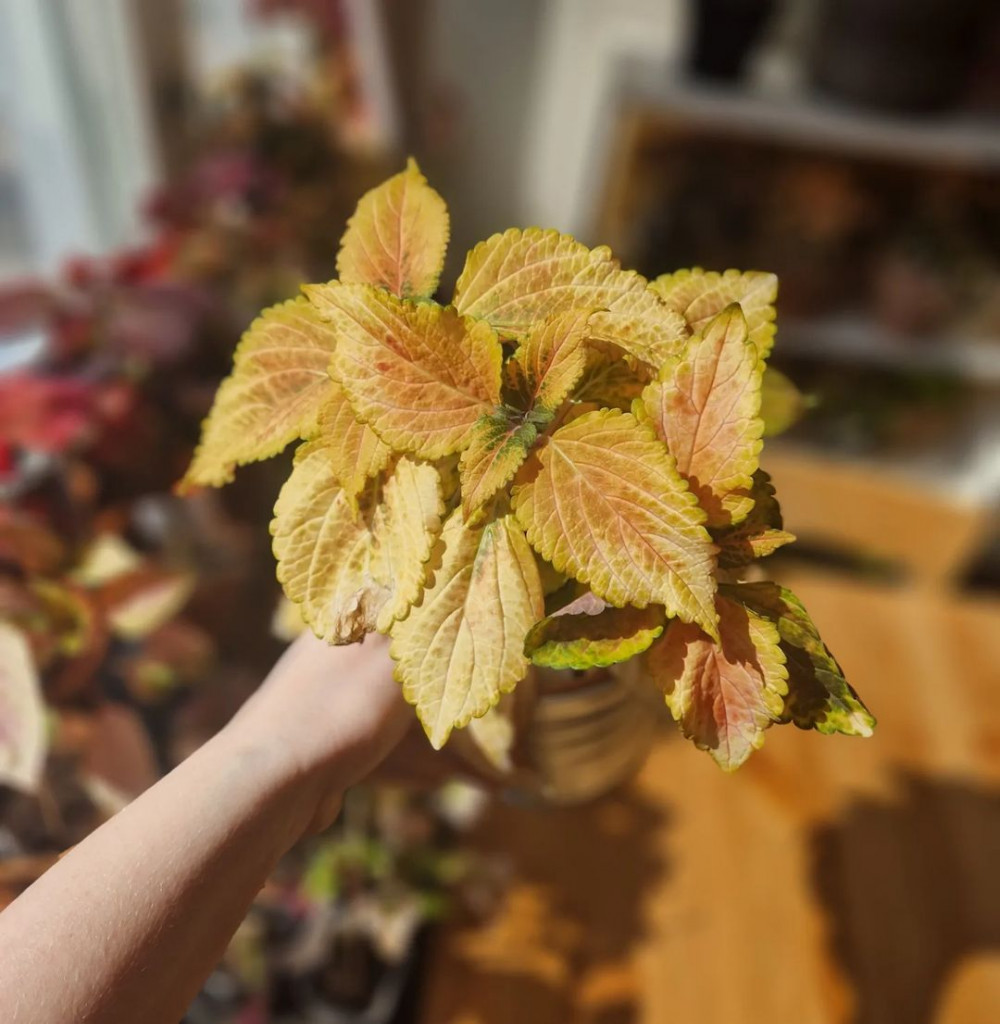 Source: Instagram
Source: Instagram
